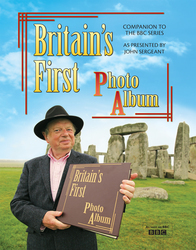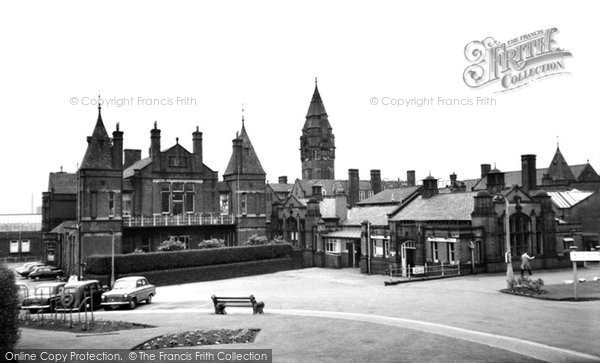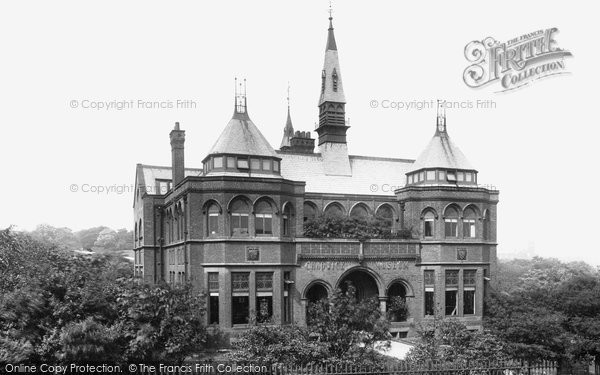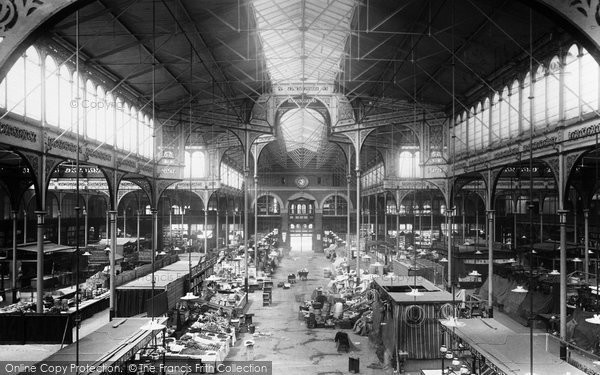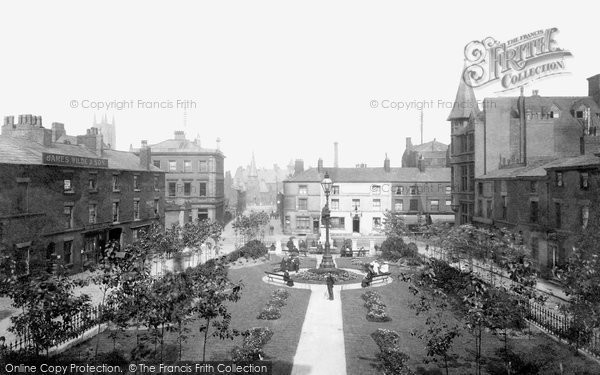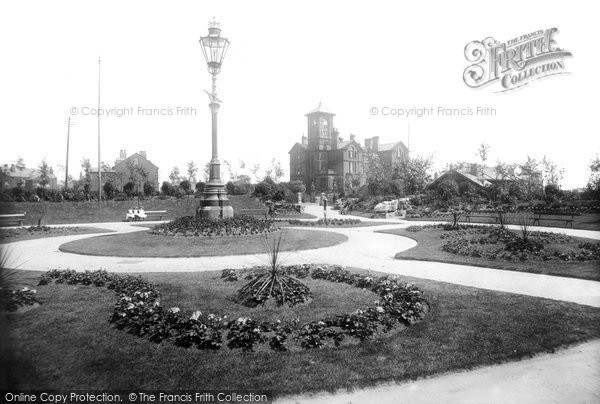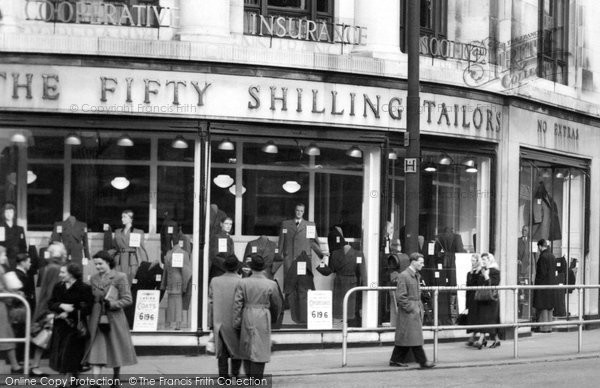Bolton History
The history of Bolton and specially selected photographs
Bolton has a famous place in the history of the Industrial Revolution. The spinning and weaving of cotton was a vital element in Bolton's prosperity in the past, and it was Bolton where Samuel Crompton developed his spinning mule in 1779. This machine revolutionised the industry; there was less thread-breakage than with the spinning jenny, and it was also capable of producing very fine yarn. Bolton was also where Richard Arkwright had worked as a barber before going on to invent the cotton spinning frame and the carding engine. The first power mill in Bolton had opened in the 1780s, and by the mid 19th century Bolton was a major player in the manufacture of cotton.
Like so many urban centres in the industrial North of England, Bolton was originally a small market town; it grew almost out of recognition thanks to the Industrial Revolution, with more and more people crammed into more and more crowded houses and narrow streets, with little respite from the hard, monotonous work in the factories. The 19th century brought what we now think of as Victorian values. Philanthropists and civic leaders realised the need for decent living and working conditions, fresh air and public open spaces, and higher standards of hygiene - and morals. The market that had originated in the Middle Ages in many towns, held in the open air, was where dirt and rough behaviour met. Sheep and cattle were not only sold but slaughtered at the market, making the area not only smelly but insanitary. Bear baiting and dog fights attracted rogues, thieves and pickpockets. Strong liquor was sold there, and rowdy men and women roamed the streets. The newly awakened Victorian moral sensibility demanded that order be created out of this chaos: the idea of the indoor market hall was born.
Bolton created its innovative environment for buying and selling relatively early, around 1855. Its Market Hall, designed by the architect G T Robinson, was huge, measuring 218ft by 300ft, far larger than any other civic buildings or railway stations of this period. The exterior was suitably dignified, built in the classical style with a massive pillared portico 50ft high. The interior was cathedral-like in its arrangement of wide aisles crossing in the centre. The construction of large spaces like this was now possible thanks to the new technology of cast iron and glass that had been perfected at the Crystal Palace in London for the Great Exhibition of 1851.
This imposing building had a dual purpose. Firstly, the light, airy interior improved the health of Bolton's citizens by removing the sale of foodstuffs from the insanitary open market; the hall was also a much more convenient place for the town's growing population to shop. Secondly, the Market Hall was a status symbol, emphasising Bolton's wealth and importance with its grand architectural display.
Flags waving above the streets, church bells ringing, a public holiday - 19 December 1855 when Bolton's Market Hall had its grand opening was a special occasion. Over 20,000 people, with 3,000 women seated in the galleries, watched the opening ceremony. This was also the opening of a new era. The innovative building was not only to bring cleanliness, convenience and visual delight to the town; it was also a symbol of civic pride, social cohesion and moral uplift. Very Victorian - and very modern too in its anticipation of the shopping malls of today.
Bolton is still rightly proud of its historic shopping centre. Few Victorian market halls have survived so well to the present day.
Further Reading
To discover the histories of other local UK places, visit our Frith History homepage.
Bolton History in Photos
More Bolton PhotosMore Bolton history
What you are reading here about Bolton are excerpts from our book Britain's First Photo Album by Terence Sackett, just one of our General Interest books.
